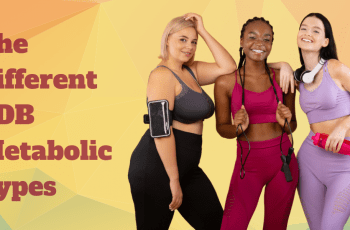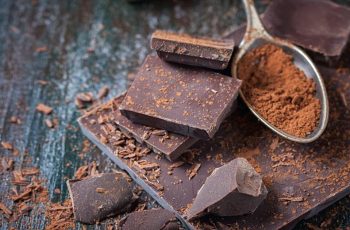Do Pop Tarts Cause Cancer? Stop Feeding Your Kids These 5 Snacks
But–what most don’t know is that it’s also highly prevalent in the food industry, masked with the consumer-friendly name, “mineral oil.” Its most significant selling point is that it doesn’t go rancid, unlike vegetable and olive oil. But why?
Because it isn’t food!
Unlike other countries, like Great Britain, the U.S. Food and Drug Administration continues to approve petroleum-based products despite the overwhelming, widely available research confirming its adverse side effects.
With regular consumption, ‘petroleum-rich’ foods have been proven to cause:
- Weight gain
- Hypoglycemia
- Diabetes
- Allergic reactions and flare-ups
- Hormonal imbalances (Increases estrogen and decreases testosterone)
- Congenital disabilities
- Cancer
- Hyperactivity and ADD/ADHD
The most common use for petroleum in food comes in the form of dye, with 90% of dyed foods on the market containing yellow dye #5 and red dye #40 – both documented as having carcinogens and known allergens.
Top Five Life-Threatening Foods
Given the primary use of petroleum in foods is in the form of dye, it isn’t surprising that the prevalence and quantity of these toxins in children’s foods are concerning.
Pop-Tarts
Do pop tarts cause cancer? Marketed as a convenient fruit-filled breakfast option, America’s go-to quick morning breakfast or afternoon pick-me-up isn’t as innocent as you think. Each tart contains TBHQ (Tertiary-butyl hydroquinone), a petroleum-based product, and red dye #40, both scientifically proven to damage DNA and trigger cellular dysfunction. In fact, in several lab studies, test animals experienced vision loss, neurotoxic side effects, the development of tumors, and even paralysis.
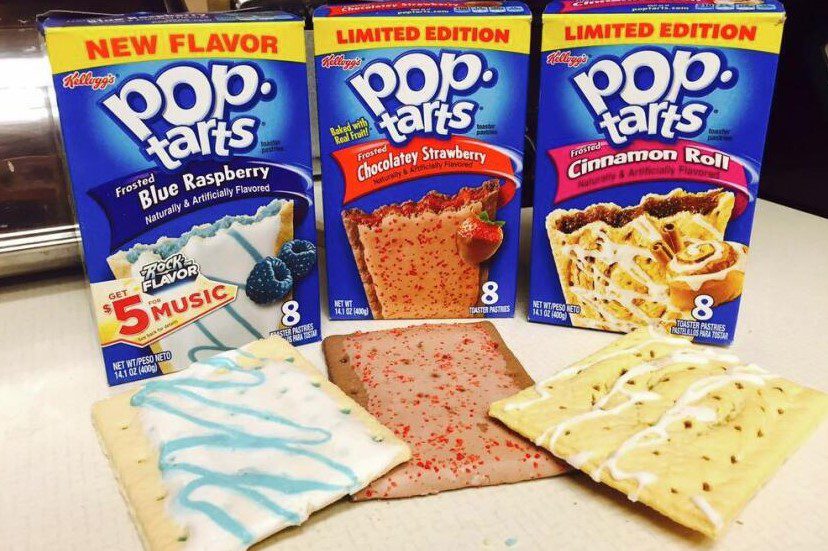
M & M’s
The bright color-coated shell encasing your favorite chocolate sphere is very toxic. Due to the wide range of colors available in each M & M bag, there are a wide variety of colored dyes, including yellow dye #5 and #6 and red dye #40. In addition, M & M’s have been scientifically linked to diabetes and hyperactivity in children.
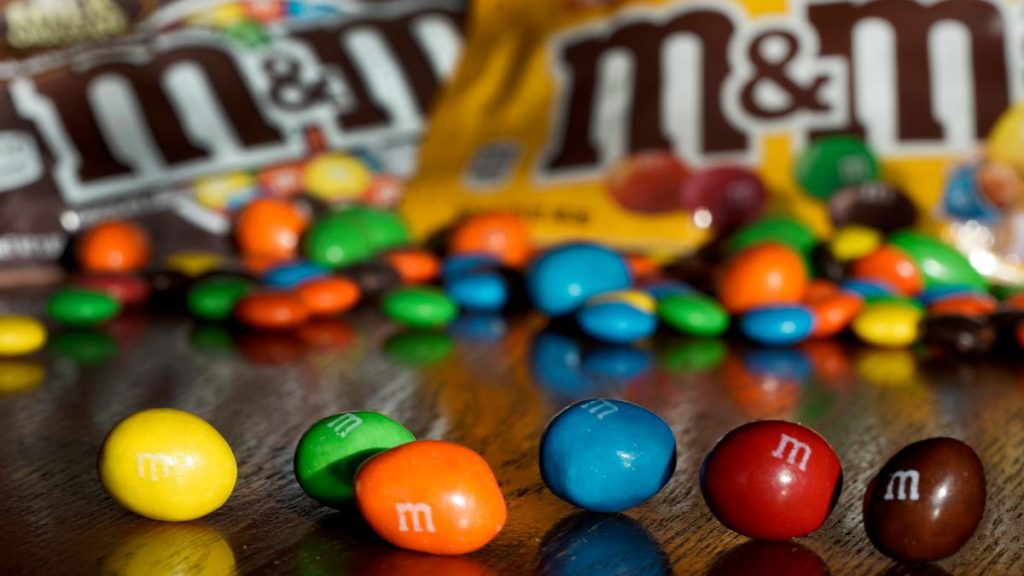
Fruit Snacks
This American staple is loaded with petroleum-based dye, especially red dye #3. Troubling given that this red dye has been correlated to thyroid tumors.
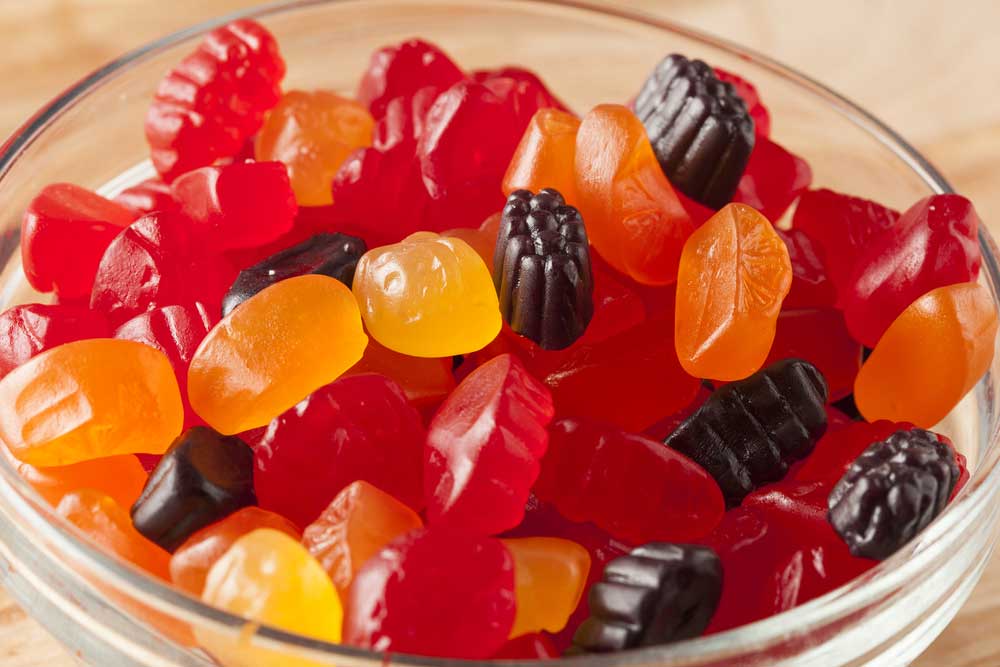
Teddy Grams
Teddy grams are loaded with TBHQ — reported to induce vomiting, nausea, and difficulty breathing in children.
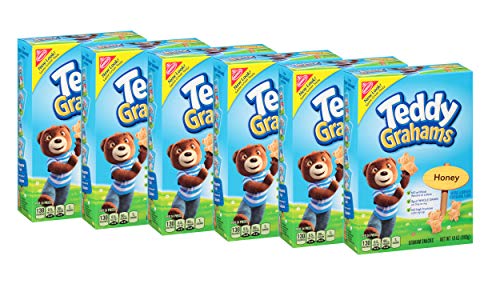
Cheetos
Coated in yellow dye #6, its distinctive bright orange color is eye-catching and a sure-fire sign of petroleum. In addition to the dye, Cheetos are also full of two other petroleum products: Methyl benzoate and Ethyl methylphenylglicidate.
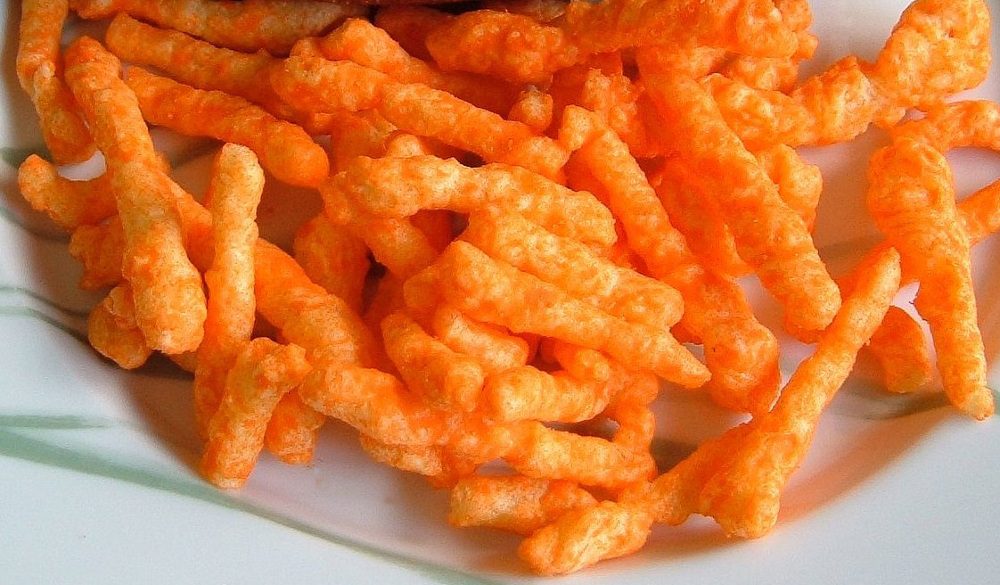
Frequently Asked Questions (FAQs)
Q: Are Pop-Tarts unhealthy?
A: Pop-Tarts are indeed unhealthy. There is little nutritional value in these high-fat and sugar-laden pastries.
Pop-Tarts are fat bombs. If you eat the entire prepackaged amount, you will consume more than 12 grams of fat, as each Pop-Tart contains at least 6 grams of fat. The combination of fat and sugar is a recipe for obesity.
Q: Can Pop-Tarts cause cancer?
A: Yes. Sugar, dextrose, high fructose corn syrup, and corn syrup are all ingredients in the frosted Strawberry flavor of pop tarts, which was introduced in 1964. These ingredients are nothing more than a collection of sugar in all of its nastiness. Also, TBHQ, which is related to butane and comes from petroleum, is another ingredient that you should be concerned about. Toxins in food, such as artificial colors and partially hydrogenated soybean oil, can cause cancer.
Q: Is it OK to eat Pop-Tarts once in a while?
A: Pop-tarts aren’t going to make you fat, but there are better ways to start your day, such as making a smoothie. There is no better quick fix than having some bananas and yogurt. The process of making a few eggs is also surprisingly fast.
The night before, prepare an omelet with some egg whites and your favorite add-on. Pour the mixture into a pan with a half tablespoon of butter and you’ll have a healthier breakfast than pop tarts. You’ll feel better all day long as a result of your positive actions.
Q: Are Pop-Tarts FDA approved?
Q: What are Pop-Tarts made of?
A: Enriched flour (wheat flour, niacin, reduced iron, vitamin B1 [thiamin mononitrate], vitamin B2 [riboflavin], folic acid), corn syrup, high fructose corn syrup, dextrose, soybean, and palm oil (with TBHQ for freshness), sugar, bleached wheat flour
If you found this helpful article, please share it with friends and family by clicking the button below!

